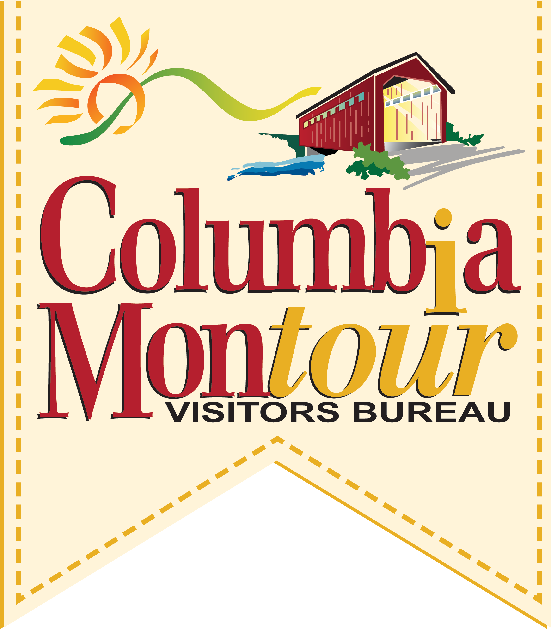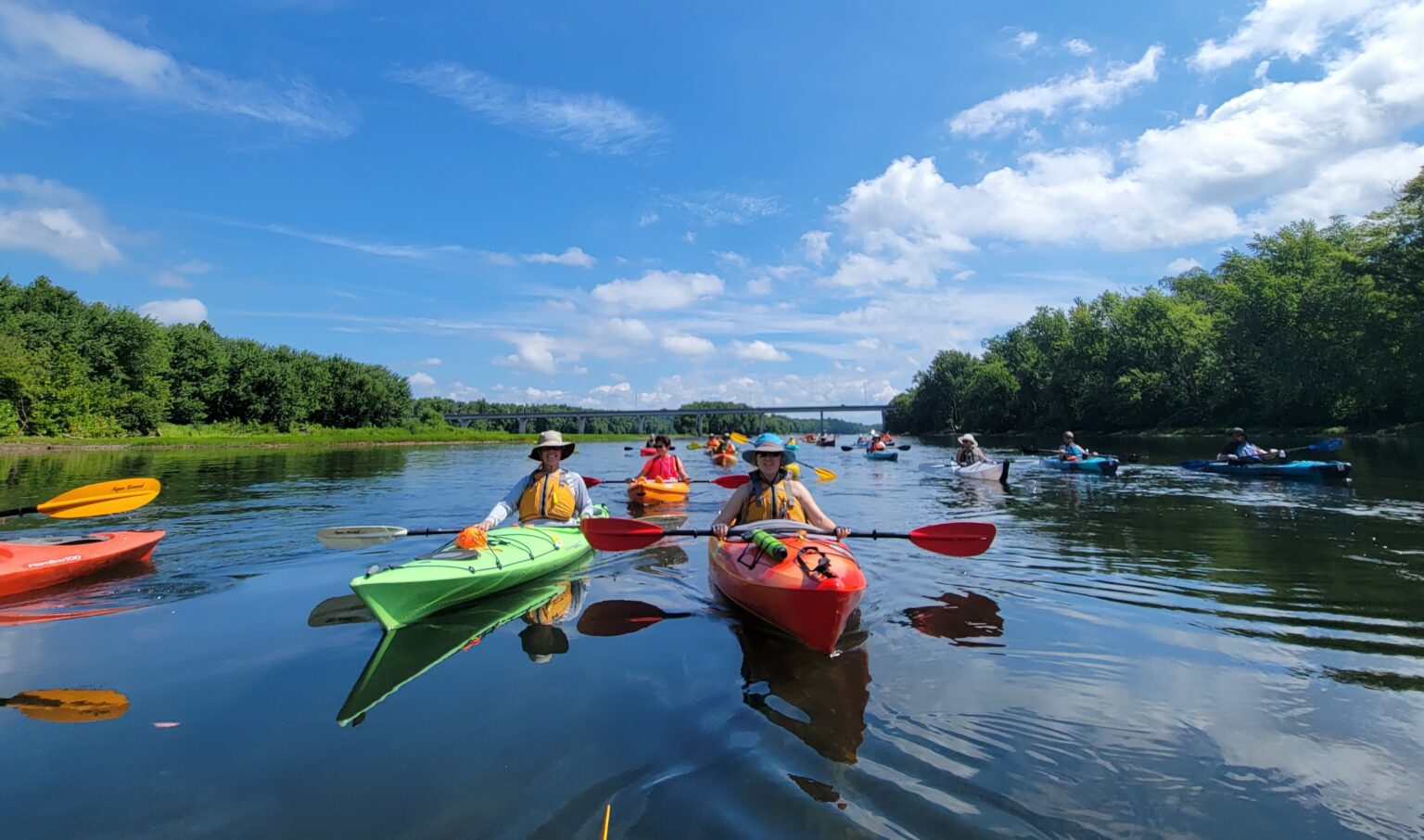by Alana Jajko, Director of Communications – Susquehanna Greenway Partnership
With the arrival of warmer weather comes increased public access to outdoor recreation opportunities on the water. The Susquehanna River Water Trail is a treasure trove for the paddling and boating public. Not only is it located right in our backyard, but it has a host of landscapes, history, and fauna to explore while on the river.
History
The Susquehanna River is the longest commercially non-navigable river in the United States. It starts at Otsego Lake in Cooperstown, New York, and ends in Havre de Grace at the Chesapeake Bay in Maryland. The Susquehanna is also considered to be the oldest major river system in the world, and dates back to the Paleozoic Era (543 to 248 million years ago). Amazingly, there is evidence that the flow of the ancient Susquehanna actually predated the formation of the Appalachian mountains over 300 million years ago.
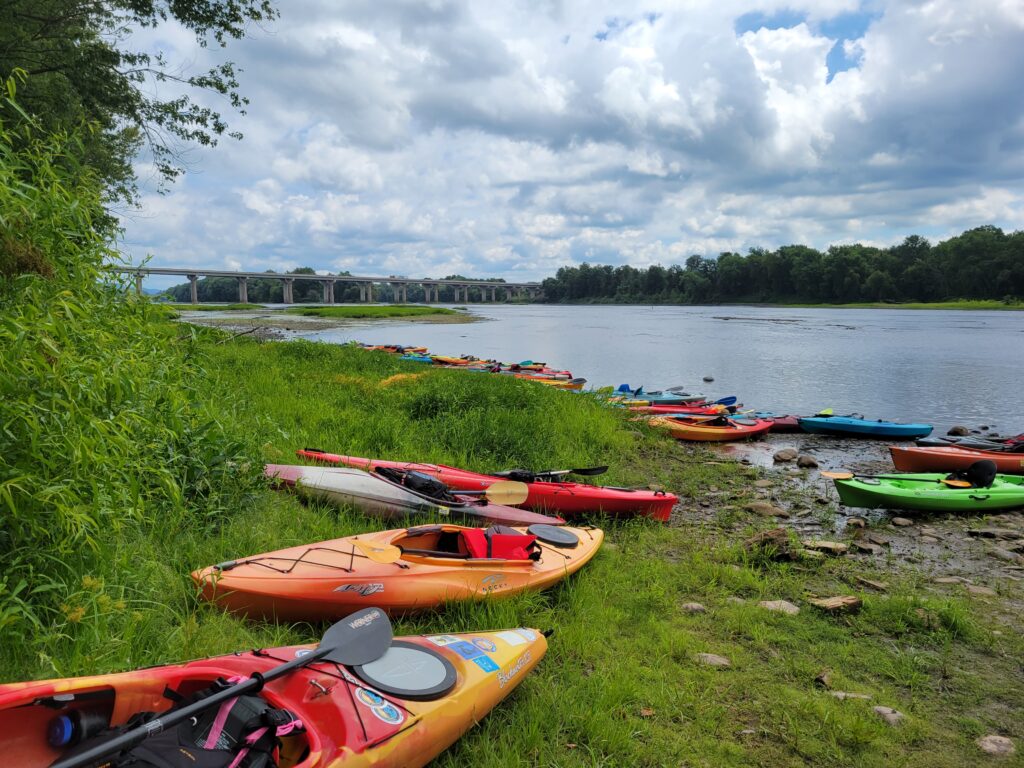
Now, let’s get started: this quick guide offers steps to jumpstart the planning phase and have you and your family and friends out on the water before you can say “let’s get our fanny on the Susquehanny!”
Get Your Permits
First things first, make sure your boat has the proper registrations and launch permits. Anyone operating an unpowered boat, such as a kayak, canoe, or standup paddleboard, who wishes to use a PA Fish and Boat Commission (PFBC) or a Department of Conservation and Natural Resources (DCNR) boat access, including those at state parks, may either register their boat or purchase an annual launch permit. Not all launches require a permit, but when in doubt, the best option is to purchase one. These are available by clicking here. Funds from the permits go back to the water trail through maintenance and improvements of the PFBC launches.
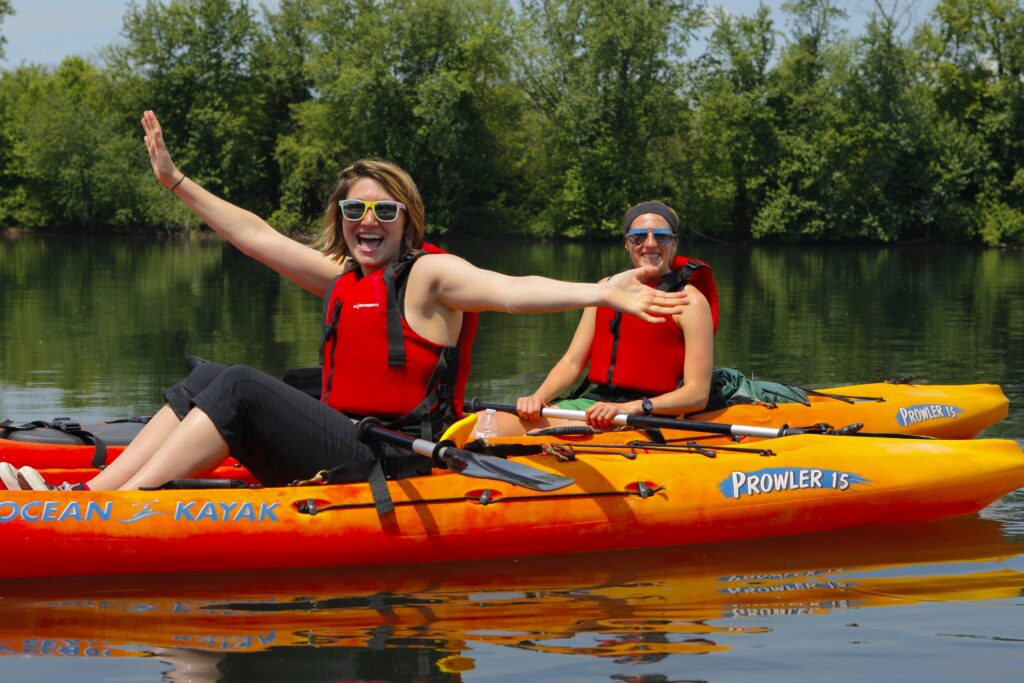
Plan Your Route
Before setting out on the river, it is essential to plan your route. Select a put-in and take-out based on the river conditions, your skill level, and your desired activity. The average time to kayak a mile is between 20-30 minutes, depending on river conditions and personal abilities. Those wishing to float, fish, or newer paddlers should consider a shorter 2-4-mile stretch.
Be sure to consult maps or route descriptions to check for hazards (dams, rapids, etc.) and research in advance how to navigate around them. Here’s a handy interactive map with launches and hazards on the Susquehanna.
Prepare Your Shuttle
Due to the one-way nature of a flowing river, two cars are often required for a paddling excursion—one at your put-in and one at your take-out. It is a good idea to place the vehicle that can transport boats at the end so that you can remove one shuttle trip and not have to go back for the boats.
Also, when planning your route, make sure that you can easily drive between the put-in and take-out for shuttling purposes. In some places, available bridges to cross the river may be limited, so selecting launches on the same side of the river ensures you don’t add mileage to get to your vehicles.
Check Your Gear
A PFD (personal flotation device) and signaling whistle are required per PA law to have onboard your vessel at all times. Make sure that your PFD is suited to your weight and body type, and check that it is within the factory date (i.e. a 15-year old PFD that your best friend’s aunt bought is not a great idea). When in doubt, you can perform a basic inspection of the PFD. Check to see that the straps are in good working order and not frayed, look at the shoulder straps to ensure they are not worn or torn, and test the floatation with a simple squeeze to confirm that it will rebound and that it has not shrunk within the fabric.
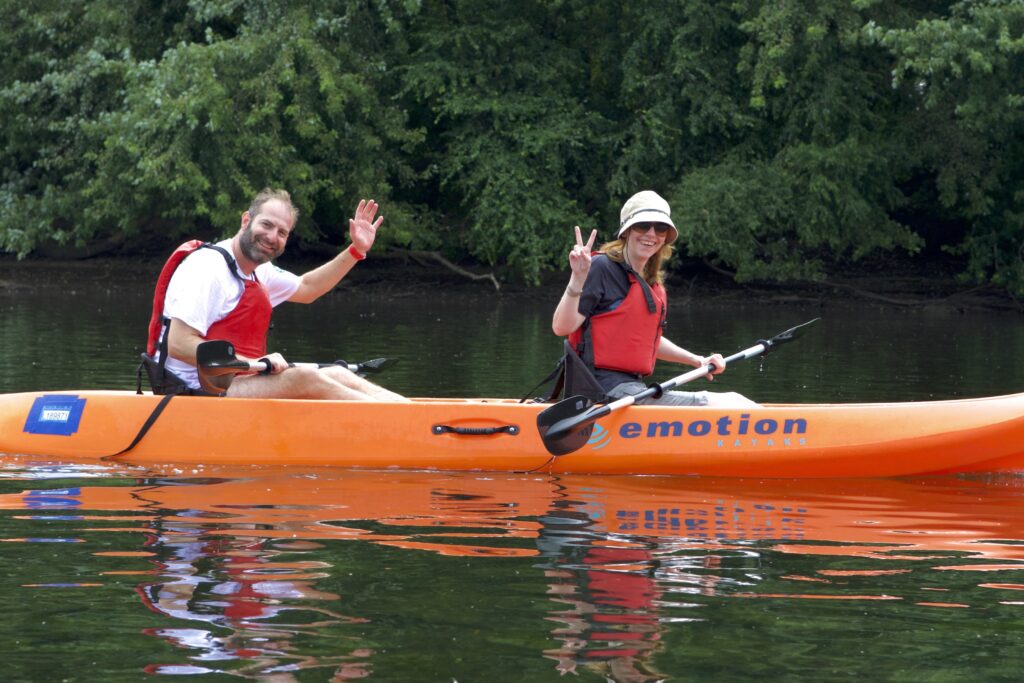
Dress & Pack For Success
Wear clothing that is quick drying (no cotton) and make sure to bring along plenty of drinking water. Sunscreen, a hat, sunglasses, lip balm, insect repellent, a first aid kit (in a waterproof container), cell phone and/or GPS, and snacks are also good additions to your adventure. You might also want to place valuables in a drybag that can be fastened securely to your vessel.
Check River Conditions
The characteristics of a river can change dramatically as the water level rises or falls. Before setting out on any river adventure, it is essential to check the water levels on your route. High water generally increases difficulty due to faster flow and increased hazards such as low bridges, floodwater debris, and low hanging trees. Low water can be just as difficult as shallows may turn into dry banks and low areas become muddy sandbars.
Ideal levels for paddling the Susquehanna River depend on your route. Paddlers are advised to check levels by visiting the U.S. Geological Survey (USGS) website and searching their network of gages. Please note that flooding levels on these gages are often higher than what constituents flooding conditions for a boater. Use your best judgement when deciding to advance a trip and consult outfitters or river experts when in doubt.
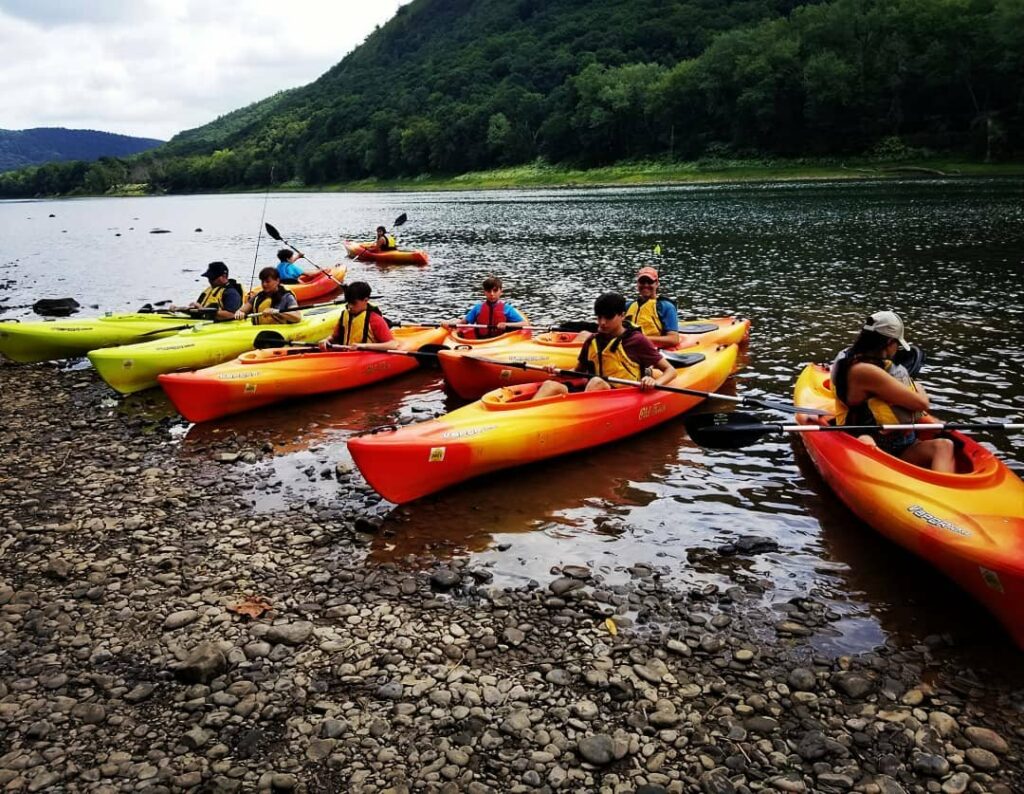
Final Checks in Safety
Before setting out on your paddle, make sure to share your itinerary with a friend or family member. Let someone know where you are planning to boat, when you are leaving, and when you plan to return. Also keep an eye on the weather forecast. Postpone your trip if thunderstorms are on the horizon. If it’s nothing but blue skies and sunshine—full steam ahead! For additional safety and paddling resources, click here.
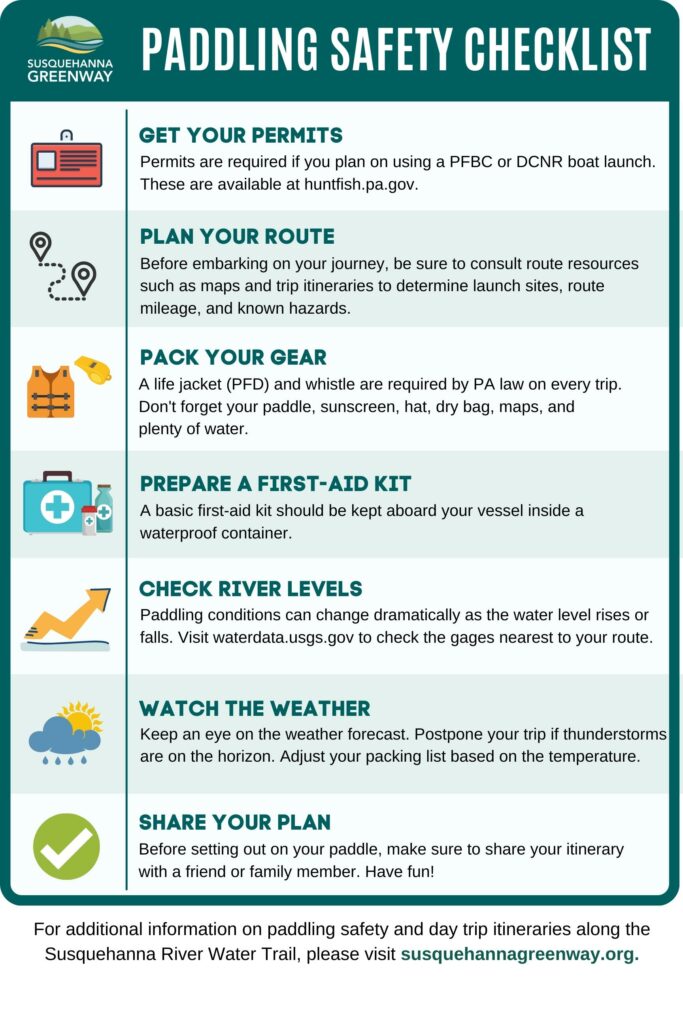
Bonus Material: What if I Flip?
Flipping is always a possibility even for experienced paddlers. In the event of a flip, stay calm. The first step is to hold onto your boat and your paddle. For river kayaking, the easiest method is to hold on to your boat and kick your way to shore where you can take-out and re-situate yourself.
Next Steps
Ready to hit the water? Request a free copy of the latest Susquehanna River Paddling Guide, with various river itineraries for different sections of the river, including two different options for the North Branch, which flows directly through Columbia & Montour Counties!
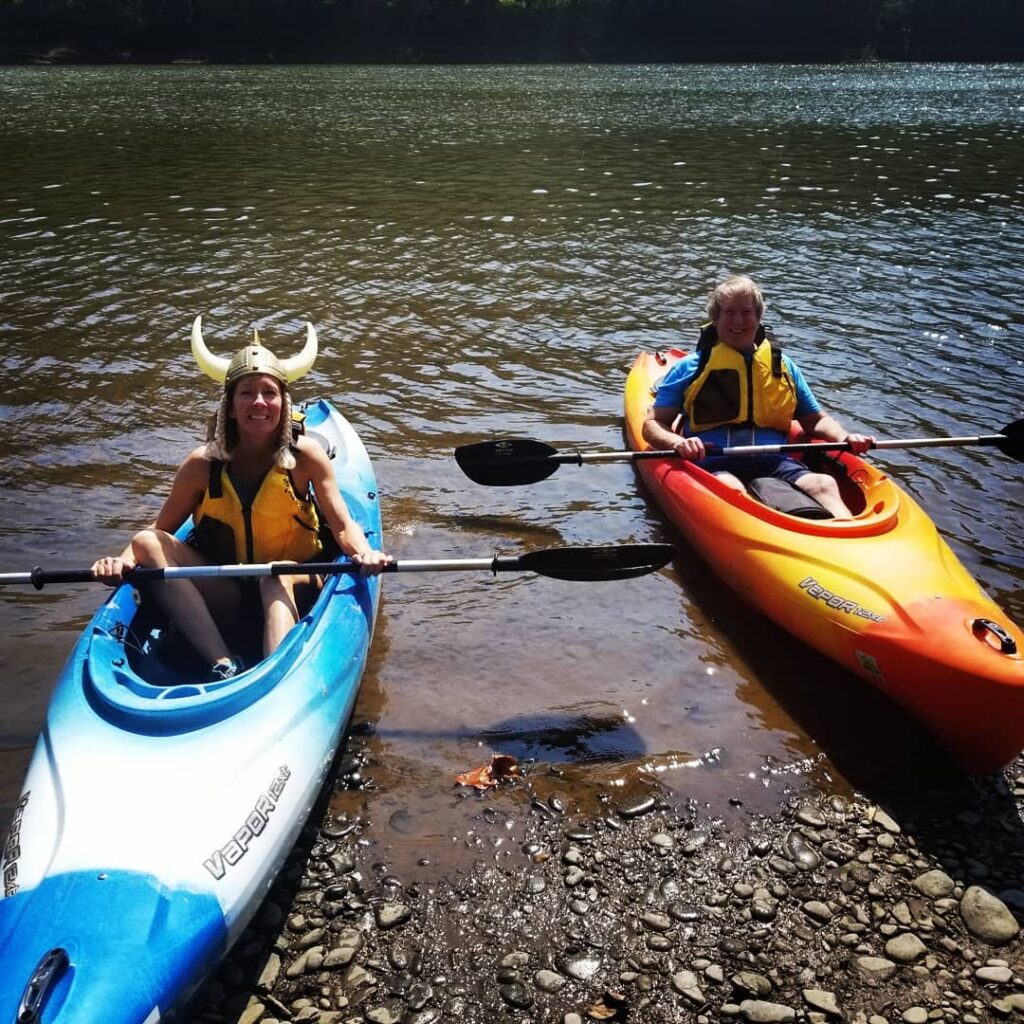
The Susquehanna Greenway Partnership (SGP) releases paddling itineraries in their “Explore the Susquehanna” newsletter every June. To receive these emails, sign up here.
